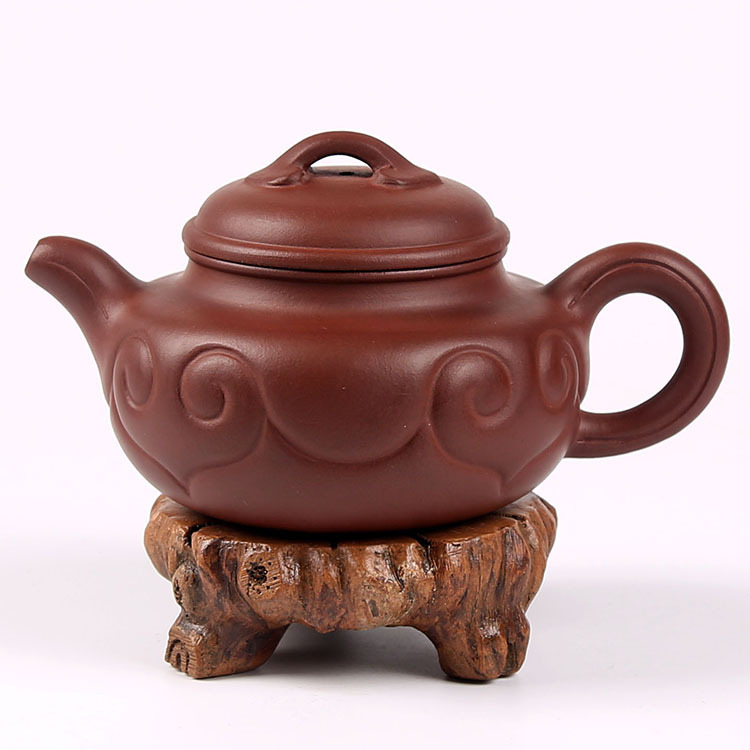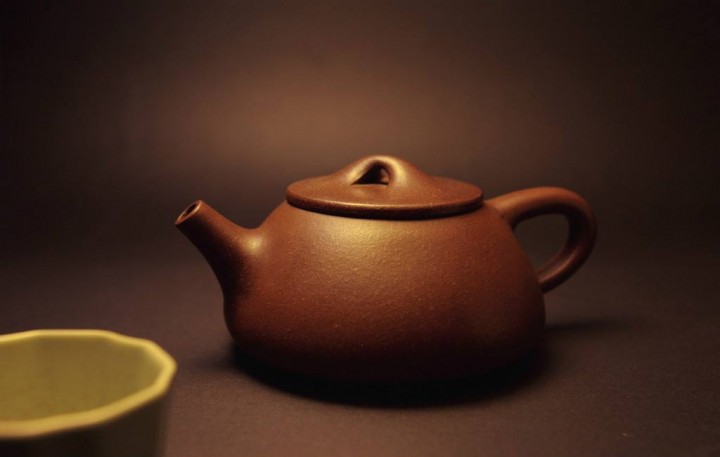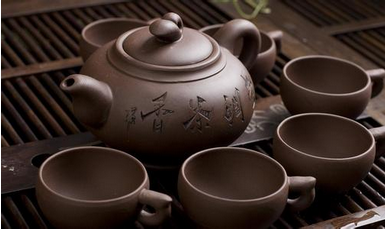What utensils are mainly used for tea drinking in teahouses?
3 min readThe use of tea wares has a long tradition in China.In Chengdu,tea-drinking utensils are made of bronze or ceramics;and consist of mainly teapots,cups,tea bowls and trays,etc.Some first-class teahouses are equipped with high quality utensils.Unglazed earthenware like that used in ancient China is still used in Sichuan for brewing tea today.In the Tang Dynasty,metal wares were used to serve the noble families;porcelain earthenware for ordinary citizens.In the Song Dynasty,tea bowls became common.They were glazed of black,dark-brown,gray,gray-
white or white colors.Gray-white porcelain ware was predominant in the Yuan Dynasty,whereas white tea ware became popular in the Ming Dynasty.Later during the middle of the Ming Dynasty,teapots made of porcelain and purple clay were in fashion.Porcelain wares made in Jingdezhen,Jiangxi Province,and purple clay wares made in Yixing,Jiangsu Province,occupied the top places among various kinds of tea wares.

Why is the Yixing ceramic teapot so well-known?
Chinese people in different regions often use different teapots for tea drinking,but Yixing ceramic teapots are widely regarded as the best.
Yixing ceramic teapots are produced in Yixing of Jiangsu Province.The basic material is the zisha clay,or”purple sand”,found in the hilly areas around Yixing.Yixing clay deposit has three colours:light-buff,cinnabar-red and purplish-brown.Teapot makers create teapots in an array of colours simply by adding to paste mineral pigments,or mixing clay of the light-buff,cinnabar-red or purplish-brown.
Yixing ceramic teapots are unglazed pottery.Some additional features of the teapot include:
a.The teapots are uniquely non-toxic.
b.The teapots have an exceptional ability to retain heat due to the firing process.Unlike porcelain wares,the paste for a Yixing ceramic teapot is fired at somewhat lower heat.After heating,the teapot becomes solid and smooth in texture,and it has an appropriate absorption rate and a low thermal conductivity.
c.Although the teapots are porous,they do not seep.In addition,this porous nature gives another outstanding attribute to Yixing ceramic teapots.When tea is brewed in a Yixing ceramic teapot,a tiny amount of tea is absorbed into the pot.So after a period of daily use,the pot will develop a patina coating that retains some of the taste,scent and colour of tea.Because of its absorbency,many households in China have several teapots,each teapot being used for one type of tea.
d.Yixing ceramic teapots offer a rustic but elegant beauty.Many tea drinkers are attracted to these teapots solely for their appearance.Their designs portray natural themes that incorporate flowers or animals.
In addition,Yixing ceramic teapots each has its”chop”marks.A potter usually places his/her personal mark or seal on the bottom of each piece.It serves toidentify its creator and reflects the potter’s pride of workmanship.Sometimes modern potters who work in teapot factories offer their photos or an authenticity certificate to be with their teapot products at the teapot market.

It is said that the first ceramic teapot was created in the Ming Dynasty.In the years that followed,the Yixing reddish stoneware teapots became so popular and considered to be the”best”by Chinese tea lovers.In the late 17th century,Yixing ceramic teapots were introduced to Europe along with tea shipments,and these products became the models for the earliest teapots made in Holland,Germany and Britain.
In 1954,the Chinese government established communes to gather master-level potters in order to train a new generation of potters and ensure the perpetuation of the local tradition.Today contemporary Yixing potters continue their traditional pursuit,and their artistic potential has blossomed into a variety of beautiful teapots.









